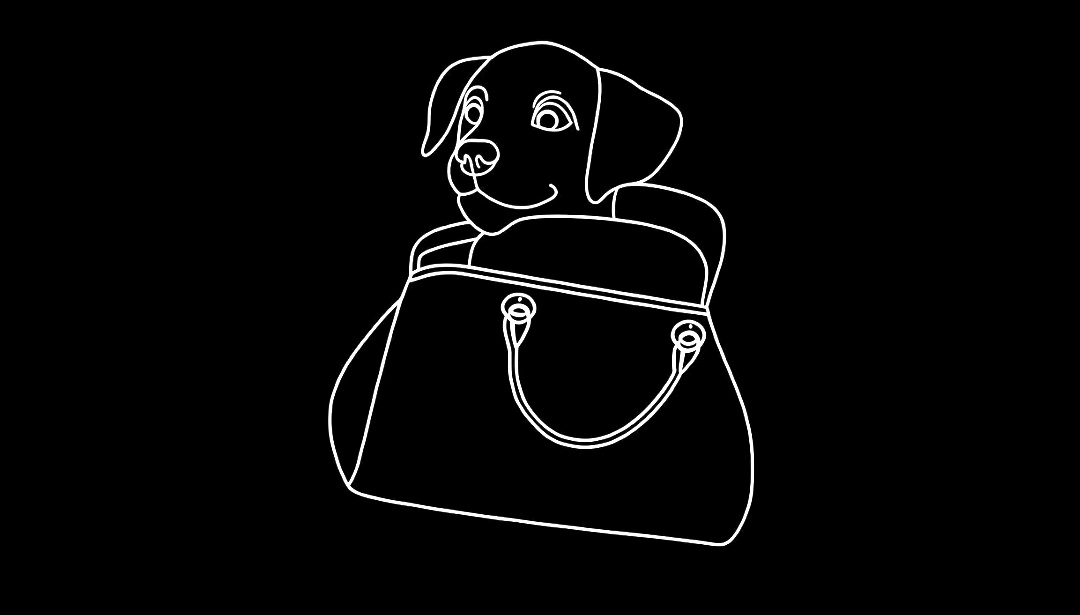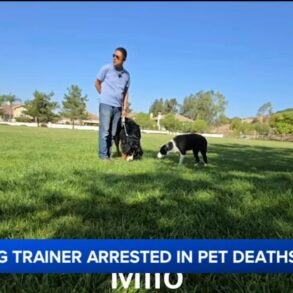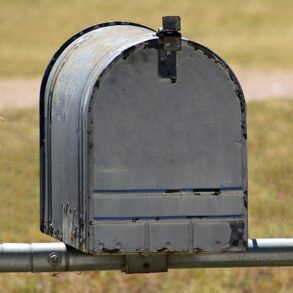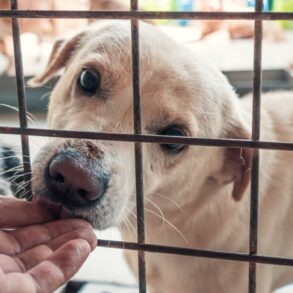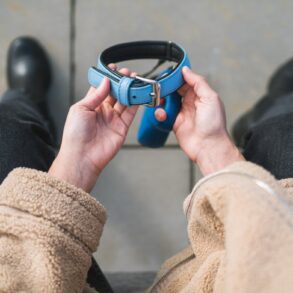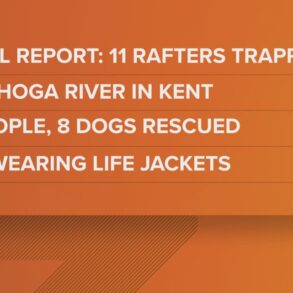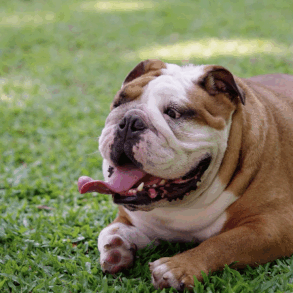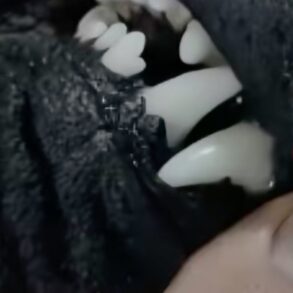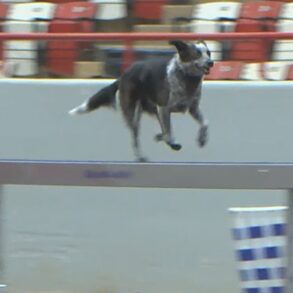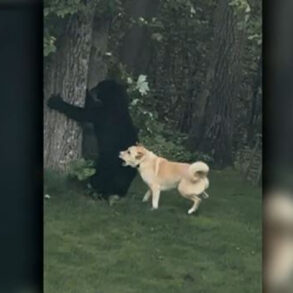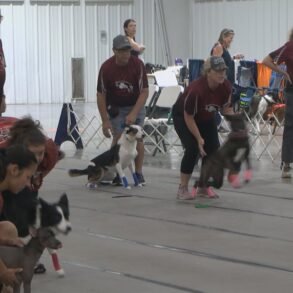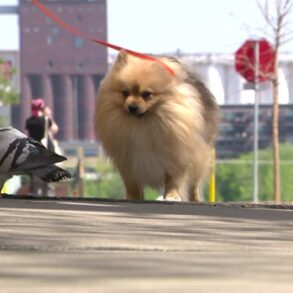
There are behavioral cues to tell if your dog is anxious, said Carling Matejka, a doctor of veterinary medicine and spokesperson for pet food company Solid Gold. These might include your pup pacing, trembling, panting, whining, excessively licking, yawning, hiding or avoiding eye contact. They might also include destructive behavior like chewing or scratching, or having accidents in the house, even when they’re potty trained.
“A dog that is anxious can show visible body cues, like dilated pupils, a tucked tail or a lowered body posture. They may also show signs of aggression or fear, such as growling or cowering,” Matejka said in an email.
The experts agreed that it’s important to pay attention to these cues and to take action as soon as you see them. “Early intervention can help prevent the development of more serious behavior problems,” Matejka said.
While there are many online options for calming chews and supplements, the experts recommend letting your vet prescribe and/or recommend the right meds for your dog. If your pup’s anxiety is really severe, they also recommend working with a trainer or a dog behaviorist to give your furry friend extra attention.
This post was originally published on this site be sure to check out more of their content.
